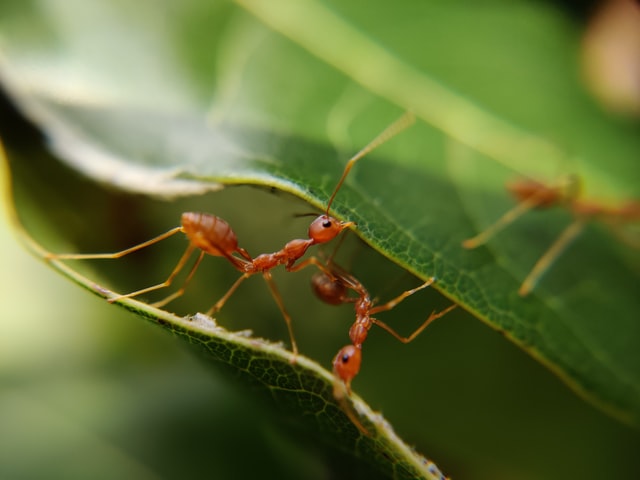Fire ants are several species of ants from the genus Solenopsis. However, they are only a minority in a genus that includes over 200 species of Solenopsis around the world. Solenopsis are mating ants, and most of their common names reflect, for example, ginger ants and tropical fire ants. Many species are also called red ants because of their light brown color, although ant species in many other genera are similarly named for similar reasons. Can fire ants kill people?
Look
The bodies of mature fire ants, like the bodies of all common mature insects, are divided into three parts: head, chest and abdomen, with three pairs of legs and a pair of antennas. Fire ants of these invasive species in the United States can be distinguished from other local ants by a copper-brown head and chest with a darker stomach. Worker ants are blackish to reddish, and their size ranges from 2 to 6 mm (0.079 to 0.236 inches). In a fixed nest, these different sizes of ants occur simultaneously.
Where do fire ants come from?
Red and black imported fire ants (Solenopsis invicta and S. richteri) come from South America. They were accidentally introduced to the US around 1930 through the port of Mobile in Alabama; probably in the soil used for ballast ships and have been spreading ever since. There are several species of fire ant Solenopsis originating in the USA.

Why do fire ants seem to sting at the same time?
Fire ants are sensitive to vibrations or movements and tend to prick when objects move. For example, when fire ants flood a person’s leg, the person jerks or moves. Usually, anything that causes one ant to bite and sting causes other ants to demand the same reaction. Although fire ants emit communication chemicals, called pheromones, to trigger specific behaviors (alarm reaction, trace formation, queen recognition pheromones), there are no known pheromones that stimulate ants to bite and sting.
Are ant stings deadly?
Only a very small proportion of the population, around 1%, are hypersensitive to ant venom and will experience lethal allergic reactions. Very young and old people and people with weakened immune systems are likely to react seriously to one or more stings. However, even healthy people can experience severe reactions such as anaphylactic shock if they suffer from a repeated baking incident.
Symptoms of stings and treatment
First aid for fire ants sting involves external treatment and oral medication. There are also many home remedies of varying effectiveness, including the immediate use of a half bleach and half water solution or Aloe Vera gel – the latter is also often included in over-the-counter creams, which also include tested and medically verified treatments. External, topical treatment includes anesthetic benzocaine, antihistamine diphenhydramine and corticosteroid hydrocortisone. Antihistamines or topical corticosteroids can help reduce itching and generally benefit local sting reactions. Oral medicine includes antihistamines. Serious allergic reactions to ant stings, including severe chest pain, nausea, sweating, loss of breath, severe swelling and slurred speech can be fatal if left untreated.












